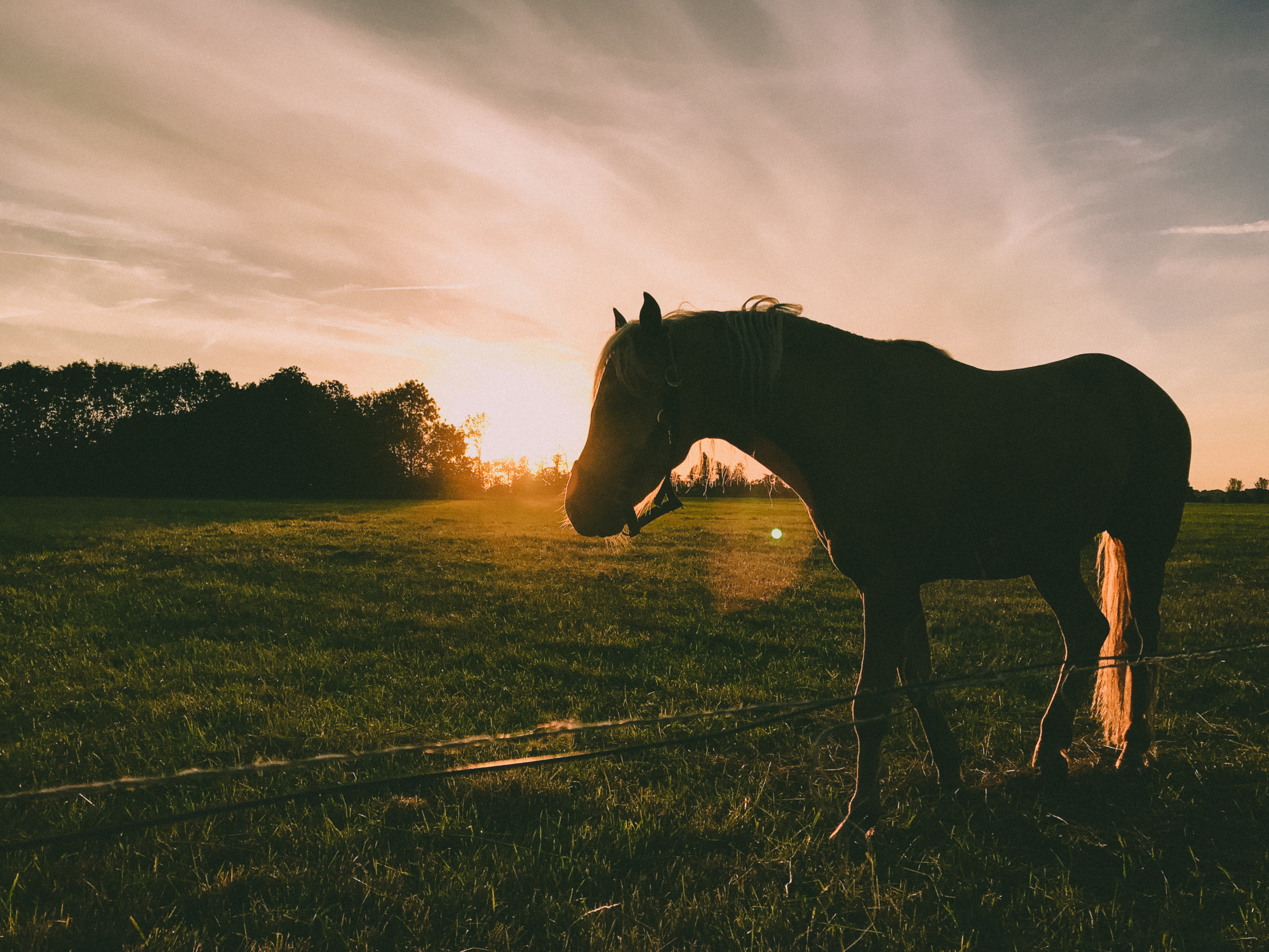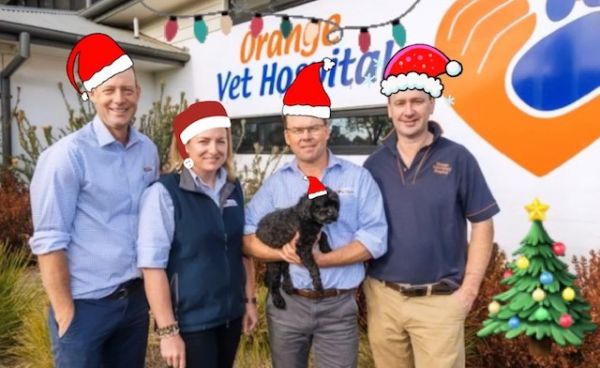|
 Over the summer months, we need to be aware of the risk of heat stress in horses and ponies. Over the summer months, we need to be aware of the risk of heat stress in horses and ponies.
During hot and humid weather heat stress may occur:
- After intense exercise such as endurance or cross-country riding
- During transport especially in poorly ventilated floats
- In some horses that lack a normal ability to sweat, which increases their risk of heat stress
Severe heat stress can progress to systemic inflammatory response, intravascular coagulation, kidney failure, neurological disease and, in extreme cases, death.
Signs of heat stress include hot and dry skin, persistent high heart and respiratory rates, mental dullness, dark gums and poor refill time, weakness and most obviously, an elevated rectal temperature (41 to 43 degrees Celsius or above).
It is crucial to seek veterinary attention as soon as possible. The aim of treatment is to lower the horse's body temperature quickly. Move your horse to a well ventilated shaded area, apply cool running water and fans to the entire body to allow evaporative cooling to occur. Use these methods as a preventative during high-risk weather and exercise.
If required the attending veterinarian will administer intravenous fluids, anti-inflammatory and anti-endotoxic medications.
Please be on the lookout for heat stress in your horses and ponies this summer.
|
